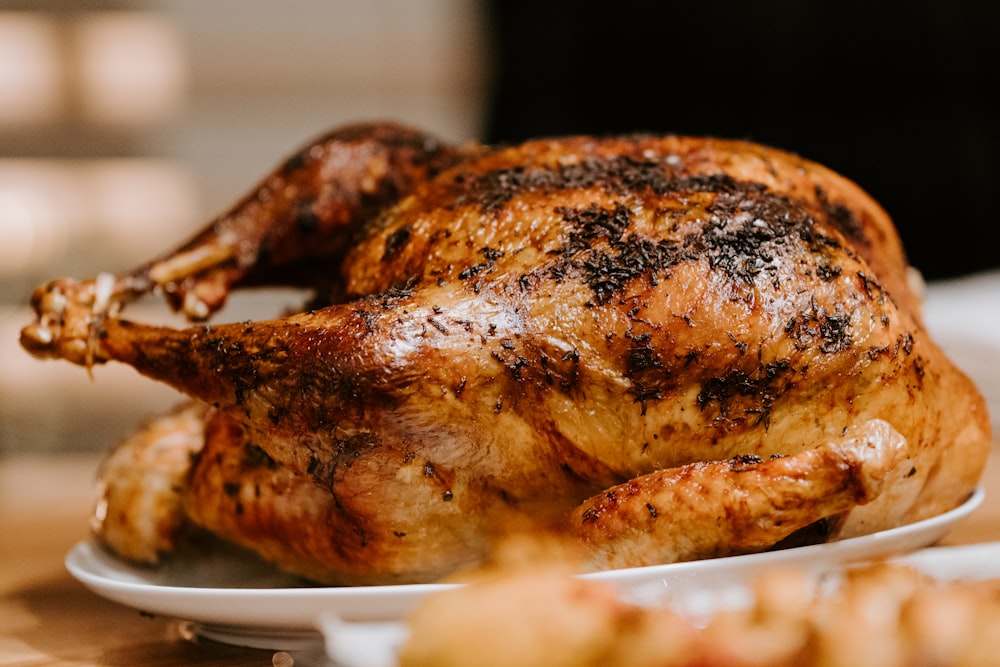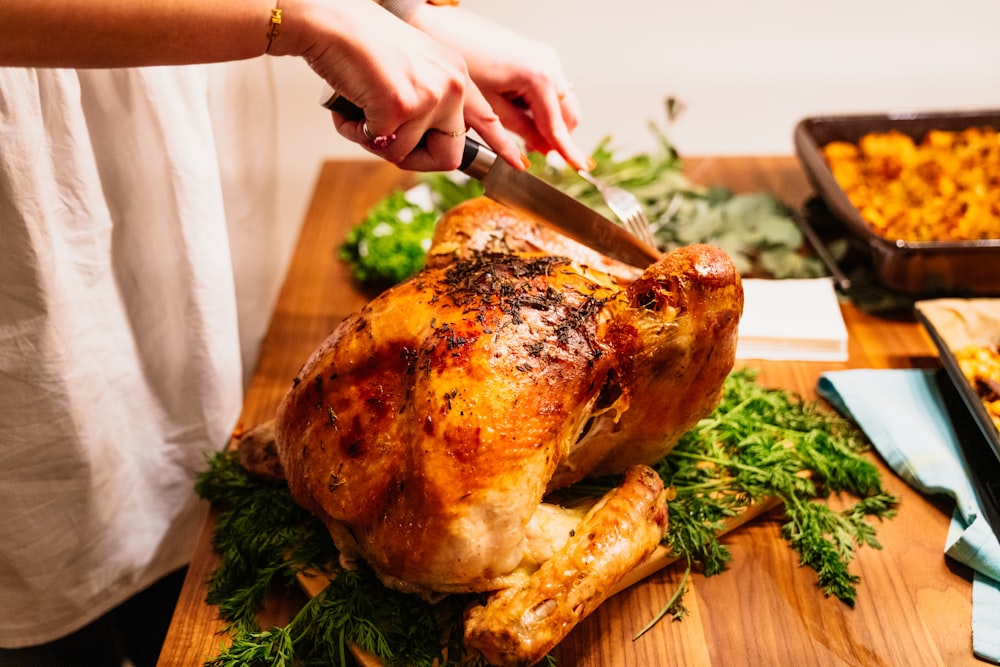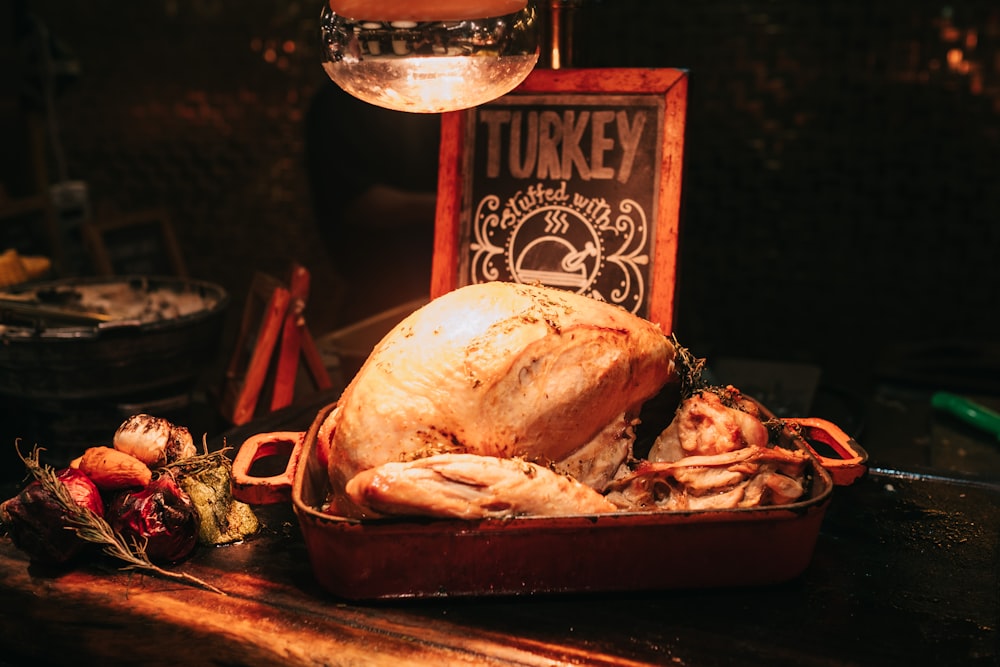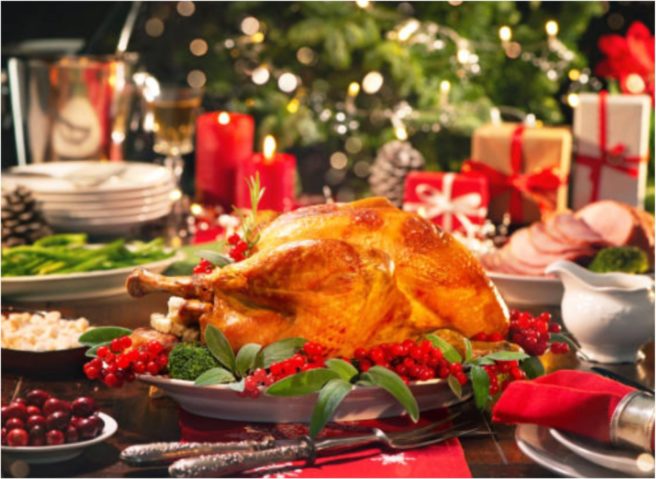
Talking turkey: Christmas dinner tips & myth busters
Christmas dinner is the largest (and sometimes most stressful) meal of the year that many of us will cook with turkey as the focus. Getting it just right can bring a fair amount of pressure whether you’re a novice cook or more experienced. Because food safety never takes a day off, the following tips and myth busters will help make sure your Christmas dinner is delicious and safe to serve.
Top tip: Get your fridge festive fresh

Getting your fridge clean for Christmas and ready for turkey is essential. Your fridge should be given a spring clean every 3-4 months while keeping on top of spillages and regularly wiping down shelves. Remember to store your turkey on the bottom shelf so any drips won’t land on food spreading germs and leaving them unsafe to eat. You should also ensure any foods past their use-by date are thrown out.
Myth: Do I need to wash my turkey before cooking it?
NO! PLEASE DON’T! Rinsing turkey (or chicken or meat) is a definite no as this can spread food poisoning bugs around your kitchen. Water that splashes from rinsing a turkey can spread its germs up to a metre (or an arm’s length) around your sink. That means that bacteria can mingle with ready to eat foods, kitchen utensils like chopping boards and anything else that's in the vicinity. Proper cooking of your turkey will kill any food poisoning bacteria.
Myth: Stuffed turkeys cook in the same time as unstuffed turkeys
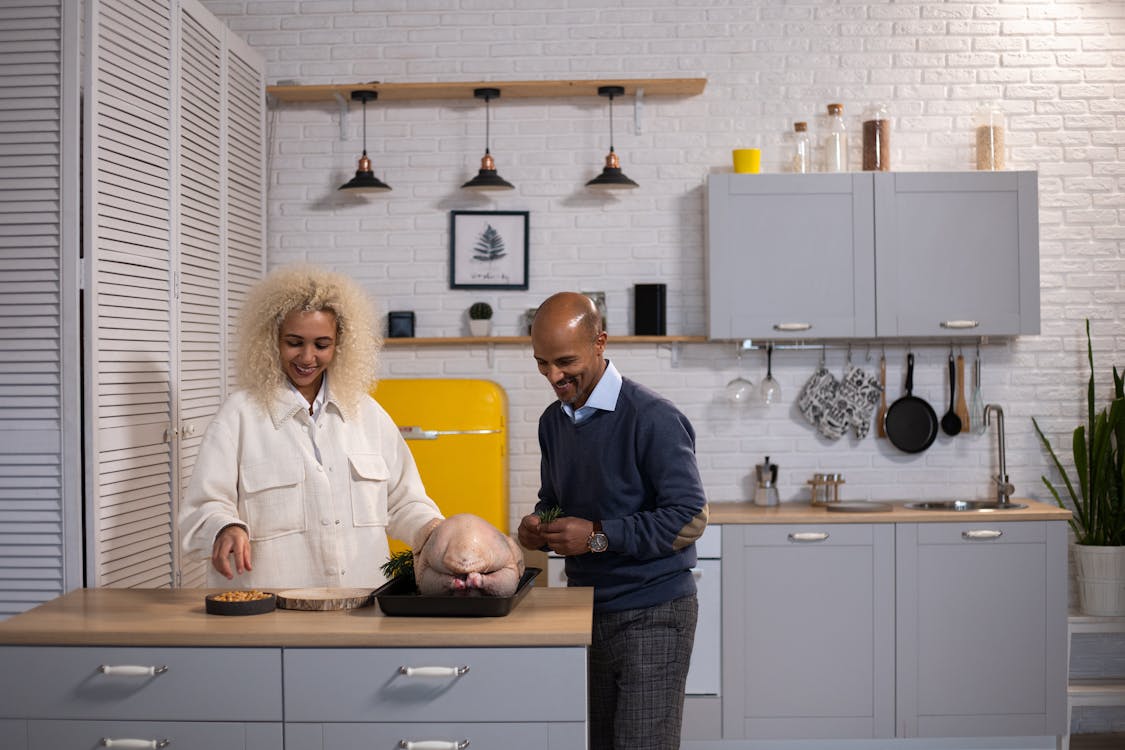
False! You need to give stuffed turkeys more cooking time!
For stuffed turkeys cooked in a fan oven, you should allow extra cooking time as safefood research has shown that when a turkey is stuffed in the body cavity, it is the centre of the stuffing that is slowest to cook. With stuffed turkeys, it is essential you check the stuffing itself is piping hot all the way through, as well as making sure the meat at the thickest part of the breast is cooked thoroughly before serving. Try not to overstuff the turkey; use a maximum of 10% of the weight of the bird in stuffing for example no more than 500g of stuffing for a 5kg turkey. To help with this, Safefood have a Turkey Cooking Time calculator on their website, www.safefood.net.
Myth: The bigger the turkey, the better!
False! Only buy the turkey you need to avoid unnecessary food waste.
If you’re unsure, ask your butcher and think about how many people you’re cooking for (children eat less than adults) and whether you want any leftovers.
- For 4-6 people, a 3-4kg turkey should do
- For 6-8 people, a 4-5kg turkey should do
- For 8-10 people, a 5-6 kg turkey should do
Myth: You can cook your turkey from frozen
False! Give yourself enough time to defrost your turkey.
For a frozen turkey or any frozen poultry, the safest and recommended way to defrost it is to place it on a dish or tray on the bottom shelf of your fridge. Remember to allow 24 hours for every 4-5 pounds/1.8-2.2kg. Give yourself plenty of time; it can take up to 3 days to fully defrost a frozen 7.5kg/15lb turkey, so you may need to take it out to defrost on December 22nd.
You’ll know it’s fully defrosted when:
- the body is soft
- the legs can be moved and
- there are no ice crystals inside the cavity
Once thoroughly defrosted, a previously frozen turkey cooks the same way as a fresh turkey.
Top tip: Cooking Calculations
Don’t leave your turkey cooking time to chance! Raw poultry and meat can contain germs like Salmonella and Campylobac
Top tip: How to Carve
Remember, do not rush to carve the stuffed cooked turkey straight out of the oven
One way of making sure that the stuffing is properly cooked, without risking overcooking the meat, is to remove the turkey from the oven when the meat is fully cooked and leave it to rest for 30 minutes, loosely covered in tinfoil.
MYTH: You know your turkey is done when the cooking time is up
FALSE! You need to check it as follows:
- Using a clean fork or skewer, pierce the thickest part of the breast and thigh. You’ll know it’s cooked when:
- It’s piping hot throughout
- Its juices run clear
- There is no pink meat left
- Any stuffing is piping hot throughout
If you have a meat thermometer the thickest part of the turkey should read 75ºC when pierced between the leg and breast
Top tip: Using your leftovers
Cover any leftovers and place in the fridge within two hours of cooking. Ensure any meat is cooled as quickly as possible – cutting it into pieces will help with this. Once in the fridge, any leftovers should be eaten within three days. For more information on leftover recipes and inspiration, visit www.safefood.net
Top tip: Chill that meat!
If freezing leftover meat or poultry, wrap well and make sure it is stored in a suitable container for freezing. Freeze cooked meat for no more than 6 months approx. This is for quality rather than safety
Do’s and Don’ts of re-heating!
Remember, if food is already cooked – only re-heat food once. When re-heating food, ensure it is piping hot all the way throughout.
If you’ve any questions about food safety during December, visit www.safefood.net.

